'No such thing' as apolitical art
ASU experts on how the arts can elevate the political conversation, and make more citizens part of the dialogue
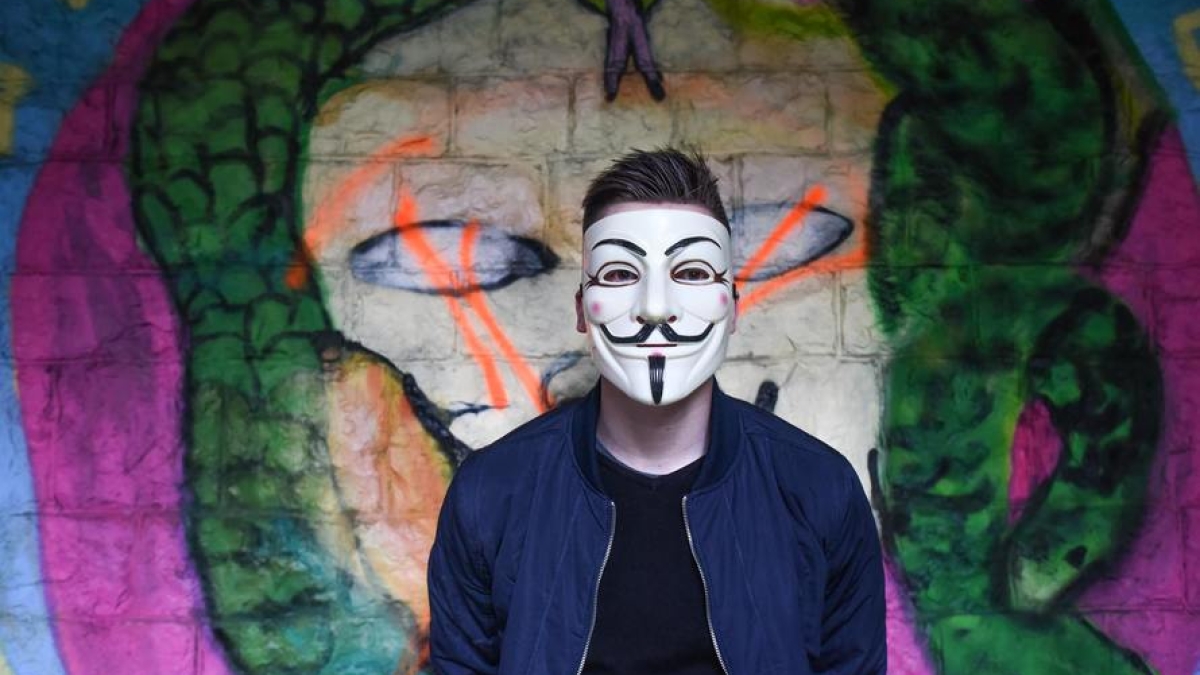
From Bob Dylan’s 1964 folk rock anthem “The Times They Are a-Changin’” to Shepard Fairey’s iconic Obama “hope” poster to Lin-Manuel Miranda’s Broadway smash “Hamilton” to Allen Ginsberg’s anguished protest of a poem “Howl” — there are innumerable examples of art that is politically charged.
“There is no such thing as art that is not political,” said Herberger Institute professor Michael Rohd. “Period. Purely by expressing something and choosing who has access to it … that by itself is political act.”

ASU professor Michael Rohd will be hosting a civic theater event from 3 to 10 p.m. on Election Day at the Galvin Theater on ASU’s Tempe campus. Photo courtesy of Michael Rohd
This Election Day, Tuesday, Nov. 8, Rohd and a group of 24 Herberger Institute graduate students will be hosting a civic theater event from 3 to 10 p.m. at the Galvin Theater on ASU’s Tempe campus.
They have invited students, faculty and community members to submit five-minute responses to the question: “What does America want in a leader?” Responses could be in the form of a performance, lecture, presentation, concert, etc. Those pre-submitted pieces will be part of the event, which will also include live performances and a live CNN feed.
“I’m excited at the prospect of being part of conversations that lead to change around a more just community,” said Rohd.
That’s what art is supposed to do, agreed associate professor of English Sally Ball.
“The arts are meant to make connections and to communicate, and to reckon with things that are painful and difficult and frightening,” she said.
Ball recently gave a talk titled “Art, Citizenship, and the ‘Goals’ of Creative Work” as part of the Institute for Humanities' Research Faculty Seminar Series.
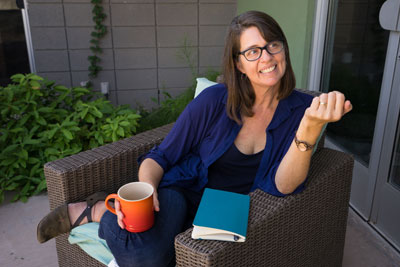
ASU English professor and poet Sally Ball talks art and politics at her home in Phoenix. Photo by Charlie Leight/ASU Now
“Fundamentally, the choice to make a work of art is a choice to connect and communicate,” she said.
Ball, a poet, testifies to the ways in which literary artists have been part of the political conversation for ages — from 18th-century romantic Percy Bysshe Shelley, who called poets “the unacknowledged legislators of the world,” to contemporary poets like Claudia Rankine, whose 2014 collection “Citizen” contained a page listing the names of people of color who had been killed by police since she started working on it.
She’s quick to point out, though, that it’s “not just the literary arts,” but rather, “all arts cultivate empathy in people, and that’s something we sorely need in public discourse.”
Assistant professor of art Rogelio Gutierrez specializes in lithography, his work focusing on issues such as immigration, identity, education and history.
A first-generation Mexican-American, Gutierrez’s “Invisible Frontier” project addressed the topic of anti-immigration legislation through an installation of 40 “street signs” designed to simulate an invisible frontier shared by the United States and Mexico.
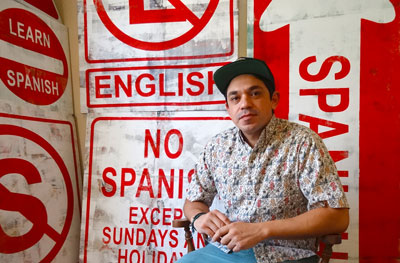
ASU art professor Rogelio Gutierrez with art from his “Invisible Frontier” exhibit. Photo courtesy of Rogelio Gutierrez
“Exploring one's citizenship through art is like sharing something personal that can resonate and perhaps create some type of change in another individual, regardless of race, gender, nationality, etc.,” said Gutierrez. “It can create bridges.”
Throughout the latter half of the last century, popular music has helped create bridges between people of different cultural backgrounds, said Christopher Wells, an assistant professor of musicology who teaches a course on popular music and race.
“Mainstream music is increasingly becoming a far more culturally diverse space,” said Wells. “And one thing music often does is it draws people into the conversation who might otherwise feel excluded.”
ASU professor of musicology Christopher Wells says popular music helps “draw people into” conversations they might otherwise feel excluded from.
The internet has helped open up that conversation even further. Works that run the artistic gamut have all “gone viral.” Maggie Smith's poem “Good Bones,” about a mother struggling to give her children an optimistic view of the world, was shared thousands of times on Twitter, Facebook, Instagram and Tumblr this past June. Images and videos of Ana Teresa Fernandez’s "Borrando La Frontera" ("Erasing the Border") surfaced on newsfeeds and websites all over the world.
“The way these works get shared and flood the internet is a perfect formula to distribute a political message,” said Gutierrez, whose own work has been widely shared online.
“When I was a college student, poets were considered sort of esoteric,” said Ball. “Now Buzzfeed publishes poems.”
And that’s a good thing, she asserts; the more people engaged, the better: “All kinds of people offer something different, and the more of us who are engaged, the richer that conversation is going to be.”
More Law, journalism and politics
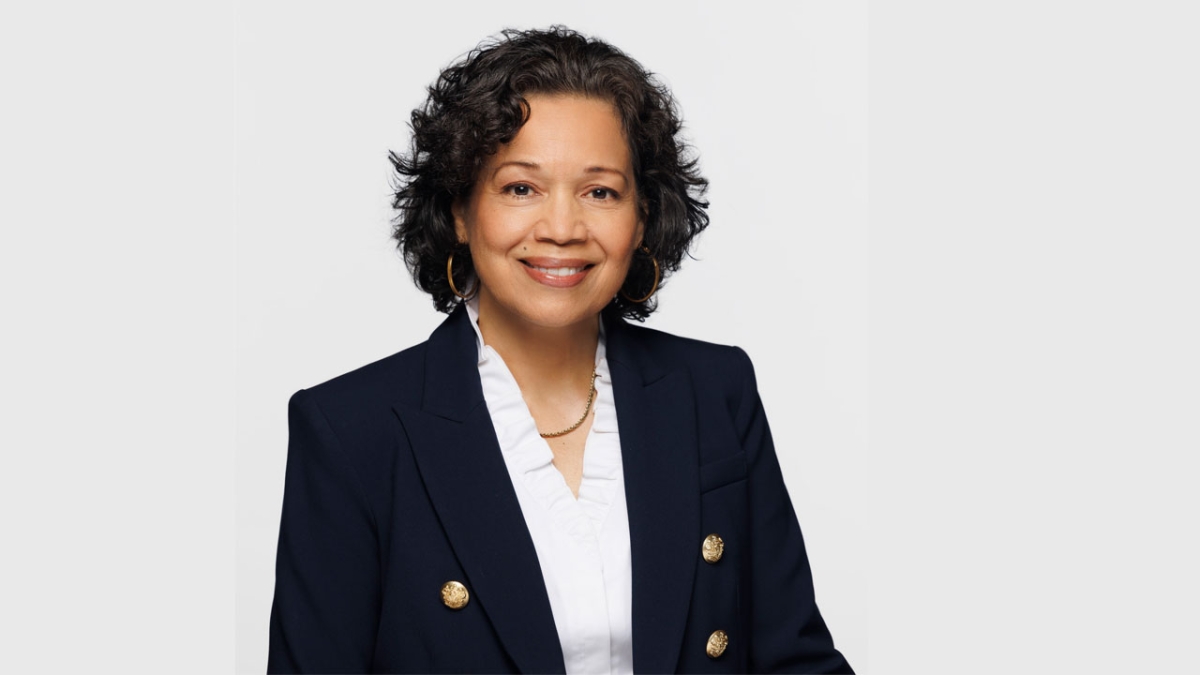
CBS News president to give keynote address at Cronkite School’s spring convocation
Ingrid Ciprián-Matthews, president of CBS News, will serve as the keynote speaker at Arizona State University’s Walter Cronkite School of Journalism and Mass Communication spring 2024 convocation. …
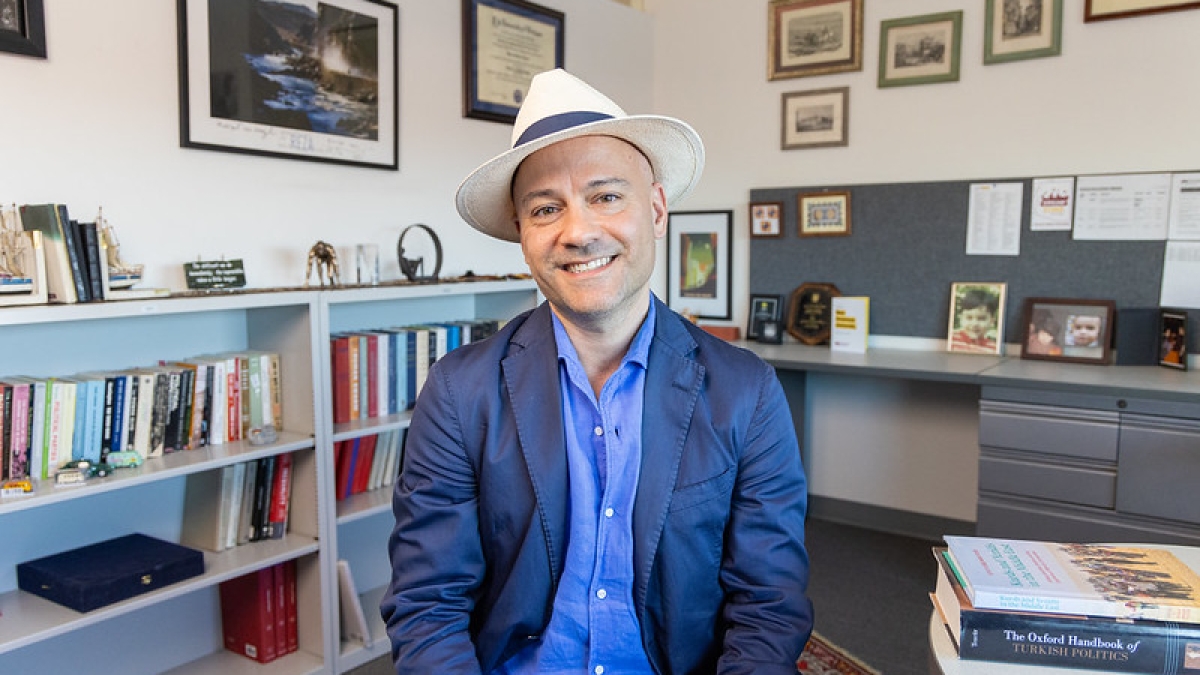
School of Politics and Global Studies director's new book explores mass violence
Why do people commit atrocities and why are certain groups, including religious and ethnic, more vulnerable to large-scale violence? These questions are explored in a new book by Güneş Murat Tezcür…
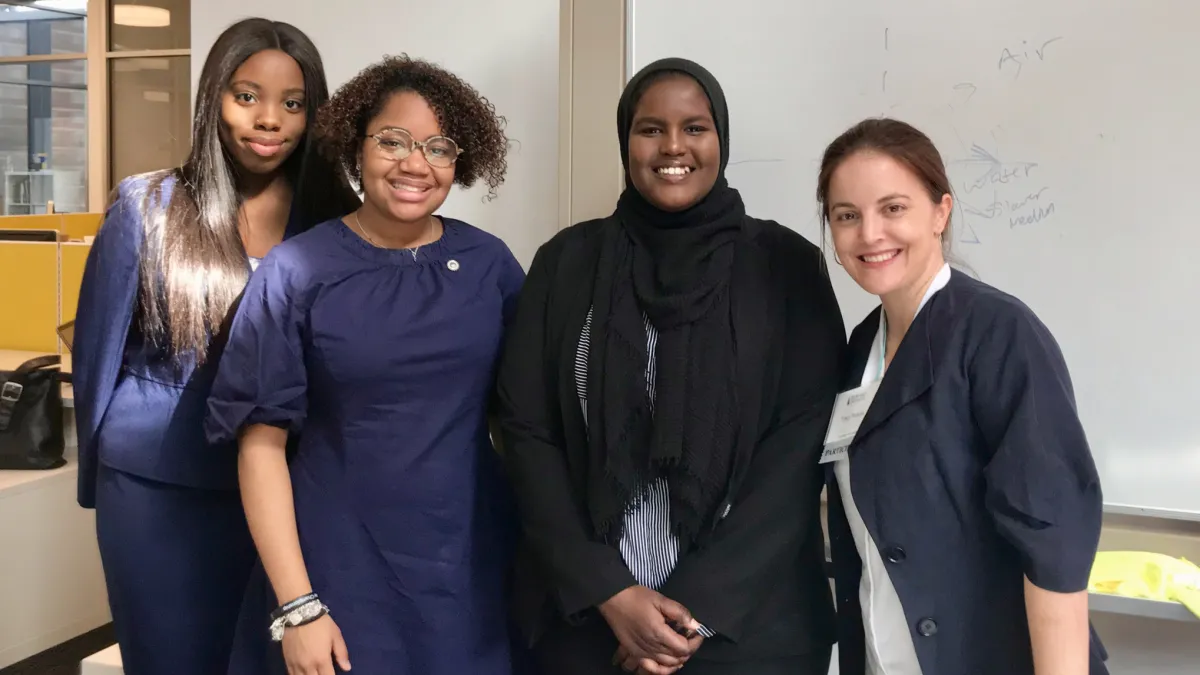
ASU faculty contributing to improvement of Wikipedia
Many academics have a love-hate relationship with Wikipedia. While the website has information about almost anything you can imagine, the credibility of that information is sometimes suspect. Tracy…
